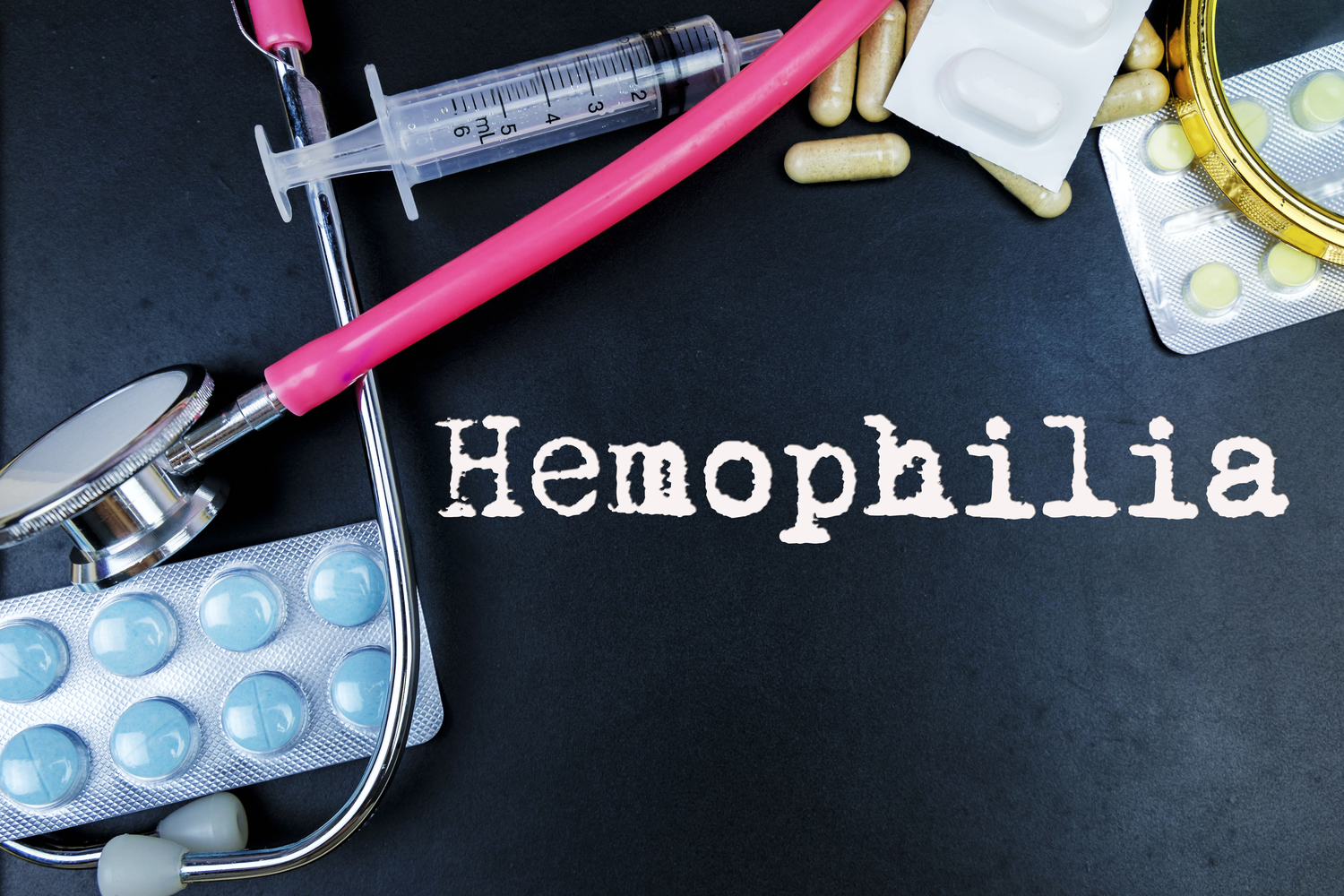
How to understand the symptoms of hemophilia
The blood which carries oxygen is made of many components including clotting factors. This clotting factor is a protein and its role is to help the blood coagulate. This change is what causes the bleeding to stop after an injury, surgery, or even after childbirth. There are about 13 types of clotting factors and its deficiency causes a condition called hemophilia, wherein the individual finds it difficult to stop bleeding or does not stop bleeding after a wound, regardless of its severity.
There are three types of hemophilia
- Hemophilia A
This condition is caused by insufficient levels of the clotting factor VIII. - Hemophilia B
This condition is caused by insufficient levels of the clotting factor IX. - Hemophilia C
This condition is caused by insufficient levels of the clotting factor XI. - Acquired hemophilia
This happens when our bodies produce antibodies and destroy the clotting factors in the blood. This is a rare condition and usually affects children, men, and women, as they grow older.
Hemophilia A, B, C is genetic and is caused by hereditary conditions, thereby being passed on to the child at the time of birth. Acute hemophilia is contracted after birth.
Symptoms of hemophilia
The severity of the symptoms helps to classify hemophilia into mild, moderate and severe and also help the doctors determine the treatment for the condition. Severity is classified on the basis of the extent to which a person is deficient in clotting factors. A severe deficiency may lead to spontaneous bleeding while a mild deficiency might cause smaller amounts of bleeding for a longer duration. Hemophilia A and hemophilia B exhibit similar symptoms.
The most common signs of the condition are:
- Spontaneous bleeding
- Sudden and frequent nosebleeds
- Excessive bleeding from injuries
- Excessive bleeding caused by simple injuries and cuts in the kitchen or even a bump against a piece of furniture.
- Excessive bleeding during dental surgeries or any normal surgery
- Dark stools indicating the presence of blood
- Bloody urine
- Bleeding after vaccination which normally is not expected
- Deep bruises
- Joint pain or swelling
- Tightness in joints restricting mobility
When hemophilia is severe, i.e., if the patients have very little clotting factor, they could be at risk of internal bleeding. Even a small bump can cause uncontrollable bleeding. The blood may also flow into the joints and muscles and in the rarest of rare cases in the brain too. In such cases, one is likely to feel:
- Pain in the joints
- Pain in the limbs which does not go away even after treatment
- Bruising even if there is no physical injury
- Frequent nausea
- Excessive bleeding during menstrual cycles and childbirth
- Weakness, lethargy
- Loss of limb control and clumsiness in movements
- Continuous headache
- Seizures and convulsions
Symptoms of acquired hemophilia
Though very rare, this condition can be life-threatening. Acquired hemophilia can lead to bleeding in soft tissues, muscles, gastro intestines, urinary tract, peritoneal organs and in the brain too. Symptoms include severe pain in the affected organ and its surrounding areas and nearby organs. The pain is caused as the internal bleeds cause compression of nerves and muscles leading to severe pain. Excessive bleeding post-childbirth, during surgery or simple cuts and bruises too, are symptoms of acquired hemophilia.
It is crucial for one to identify the symptoms of hemophilia at the earliest so as to avail the treatment for it.



